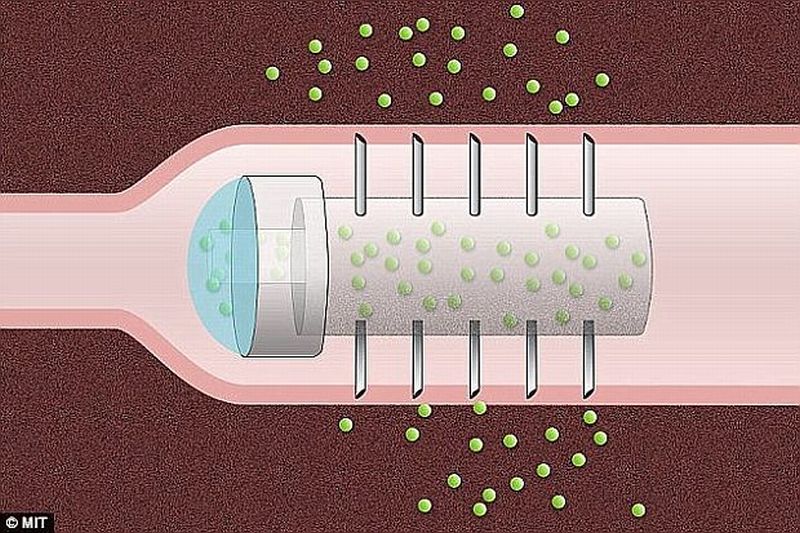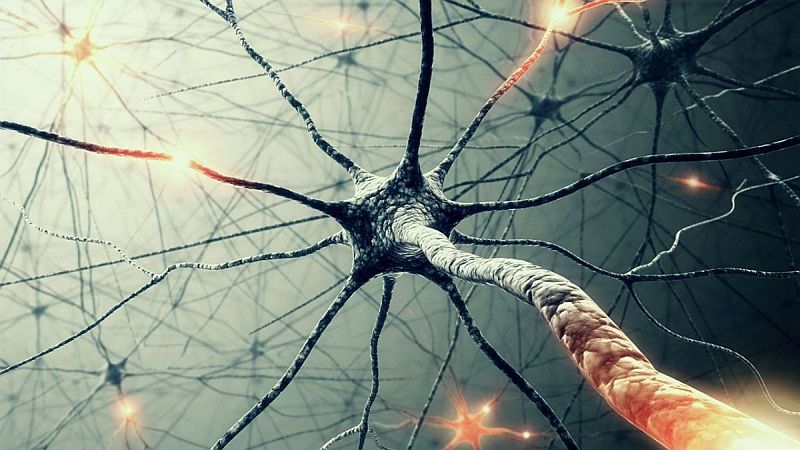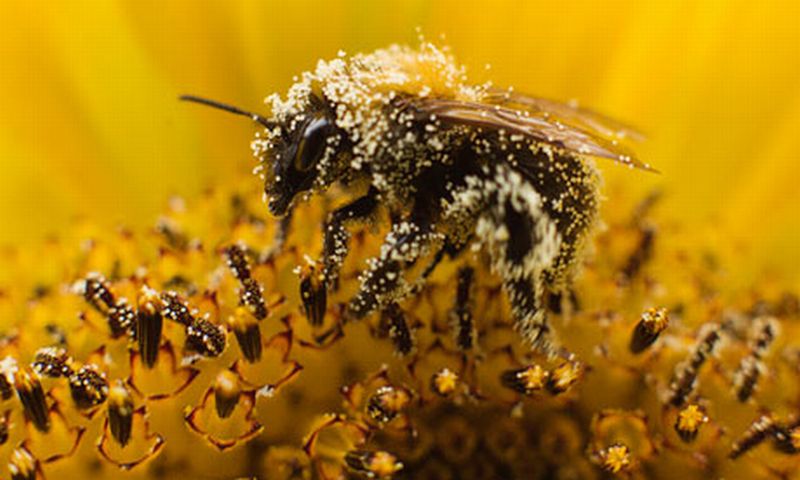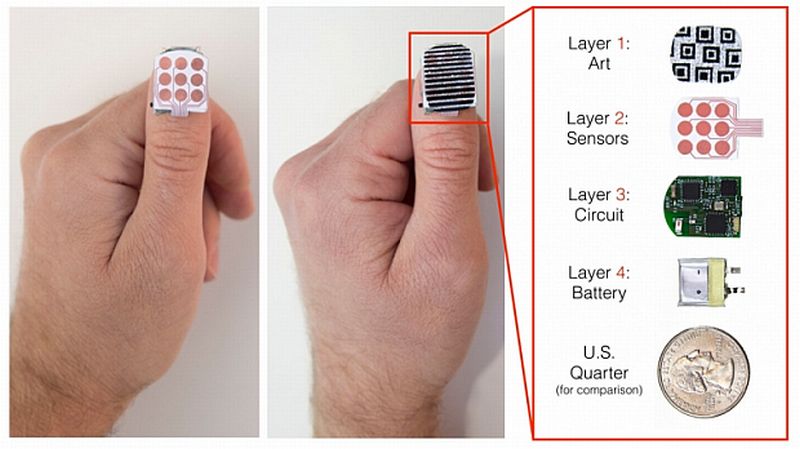A spiky pill might replace injections in the near future. The mPill or Microneedle Pill has spikes all over its surface for direct diffusion of drug into the blood stream once it is consumed. Researchers envision using this technology in medication like insulin along with replacement of other oral drugs since it allows for faster absorption than the current tablets.
Read MoreYear: 2015
10 most Interesting yet Fascinating Science Facts
Science has all the answers if not today eventually it surely will have the answers. Every day science surprises us with the discoveries that are going on within its field leaving us awestruck with the realization that we still know so little. This reminds me of a maxim, which goes like, the more we know, in other words, the more we are aware of what we don’t know.
Read MoreIndividual Cell investigated at Bigger Scale: Single-Cell Genomics
There is still no evidence that suggests the exact number of cells present in human body. Although we can interpret them to be somewhere around hundreds of thousands but the figure is much more than that.
Read MoreDrinking Orange Juice helps in tackling Cognition in Elderly: Brain Health
Reading University’s researchers were able to prove that consuming orange juice daily can help in enhancing brainpower especially in elder people.
Read MoreHigher intake of Salt delays Puberty Onset: Reproductive Health
In a recent investigation by researchers at University of Wyoming, it was revealed that intake of high amount of salt can affect reproductive health of future generations.
Read MoreElectronic long-term Memory Cell that Mimics Brain’s Processes: Artificial Neural Network
With an aid of an electronic multi-state memory cell, RMIT University’s scientists have pioneered not only the technology of emulating the processes of human brain but also its ability of storing good amount of information. The discovery is a giant step that would make them closer to fabricating a bionic brain. Mirroring human brain processes would help treating Alzheimer’s and Parkinson’s ailments claimed the team behind the discovery. Brain is like a complex analog computer Project leader Dr Sharath Sriram said that this is a ground-breaking development where they have…
Read MoreThe Quantum Moment by Robert P. Crease and Alfred Scharff Goldhaber
The Quantum Moment – How Planck, Bohr, Einstein, and Heisenberg Taught Us to Love Uncertainty by Robert P. Crease and Alfred Scharff Goldhaber is one of the most fascinatingly informative books I have read so far. I have recently developed interest in the world of quantum and I find this book fully satiated my curiosity. It is beautifully written for a beginner like me.
Read MoreBiomimicry: Roboeel to investigate Oceans of the Solar System
NASA funded robotic eel project is one of the most enticing venture so far. With an aim of delving deep into the ocean-bed of Europa, (Jupiter’s moon), the soft robotic eel is fabricated for scavenging electrical energy from magnetic fields and employing it for creating oxygen and hydrogen so that the machine can generate an outburst, which’ll further help for it’s propulsion. There is still more to it, the bot is sheathed with a soft flexible cover, which is not only stretchable but also electroluminescence.
Read MoreControlling bots via Tablet: Multi-Robot System Interface
Controlling dozes of bots at the same time seems to be a Sci-Fi concept but the technology has made its presence felt within some enthusiastic segments of robo scientists. Thinking on the same line of thought, Georgia Tech’s GRITS Lab has fabricated a method of dynamically controlling huge swarms of robo minions by just using just a tablet and a finger or two probably. The idea is to rely on swarm of tiny bots by intuitive controlling than a single big robo-machine.
Read MoreJahn-Teller Metals, the Newest State of Matter: Transition between Insulator and Conductor
An international team of researchers led by Kosmas Prassides of Tokohu University in Japan has surfaced a material that has combined intrinsic qualities of insulator, superconductor, metal and magnet. The team has asserted that this discovery would lead to the growth of new and efficient high-temperature superconductors.
Read MorePink slips to 90% employees: Robots will take over 30% our jobs by 2025
Experts predict that abilities of robots will expand exponentially and by 2025 smart machines will eclipse one-third of jobs. We are already witnessing some glimpse of the forecast in southern China.
Read MoreEx-Nasa man to build Ecosystems with One Billion Trees using Drones: Streamlining Reforestation
In an effort to solve world climatic problem, Lauren Fletcher, the founder of a drone start-up called BioCarbon Engineering, is planning to employ drones for planting seedlings across forests.
Read MoreBees prefer Pesticides ridden Nectar: Insect Pollinators
Pesticides are used across the world to kill pests that cause damage to the food that would be consumed by humans. This implies that the effect of pesticides should repel insects but in some cases, it is not so. Researchers at Newcastle University and Trinity College Dublin have discovered that certain species of bees are fascinated towards nectars that contain pesticides in them. Neonicotinoid-laced food chosen by bees Prior studies have proposed that bees would have to face negative consequences in terms of health in case the specie is exposed…
Read MoreChewing Gum helps in removing catchy tones from Mind: Brainworms Effect
In an interesting research, scientists at the University of Reading have concluded that chewing a gum helps in eradicating the humming of song which is catchy of course and tends to go on and on within our head for days. The effect called an earworm or brainworm have been observed before but was poorly understood. However, this time, the researchers did come up with a solution and that is, having chewing gum as soon as one hears a catchy song, helps in thinking the song less often. Chewing helps in…
Read MoreFingernail sized NailO controls Phone and Laptop: Wearable Technology
MIT researchers have developed a small fingernail sized trackpad, which they claim can control phone and computer, wirelessly. NailO, the input device is quite similar to stick-on nails fashion accessory. It gets attached on the user’s thumb, from where the control takes place by sweeping a finger in a particular direction over its surface.
Read More














